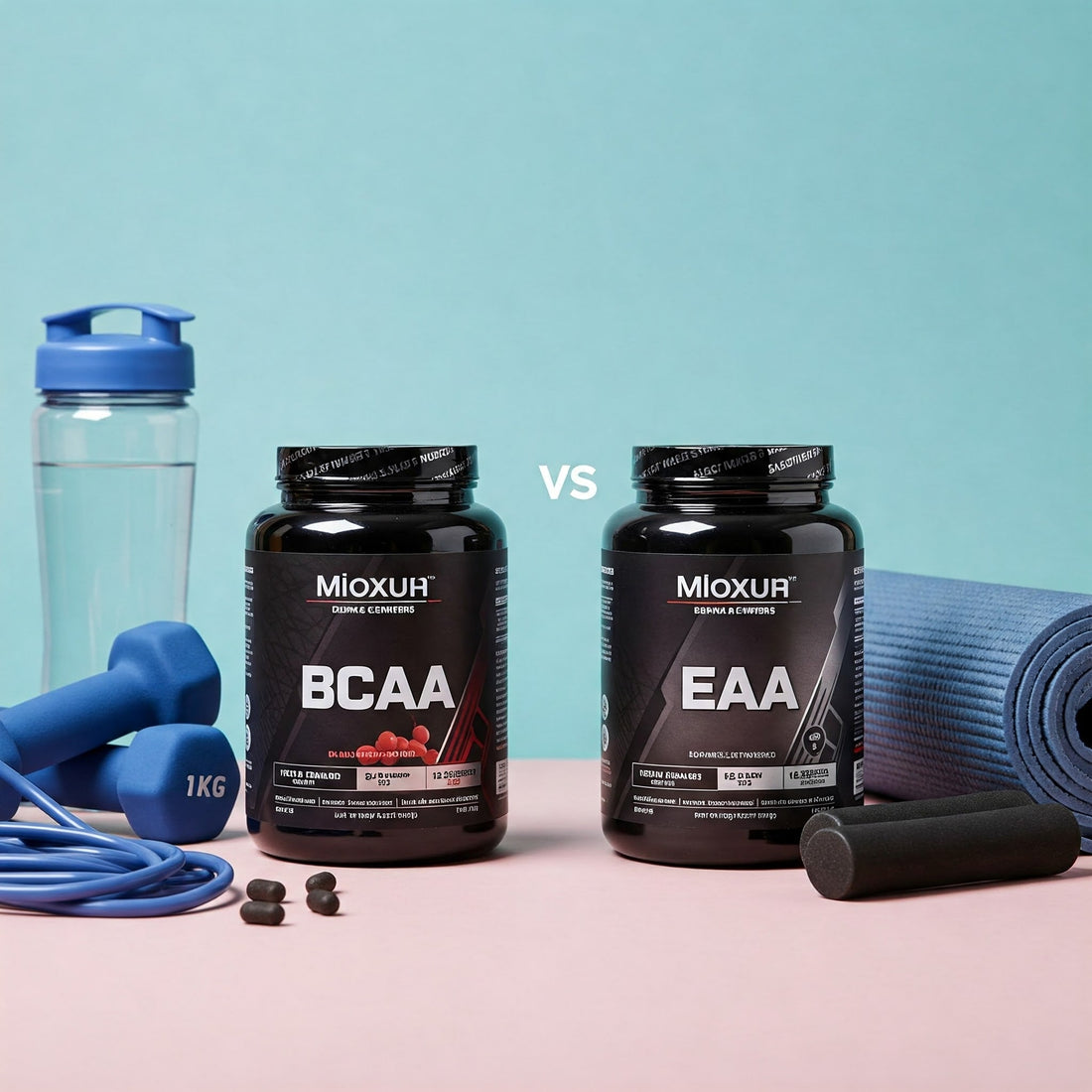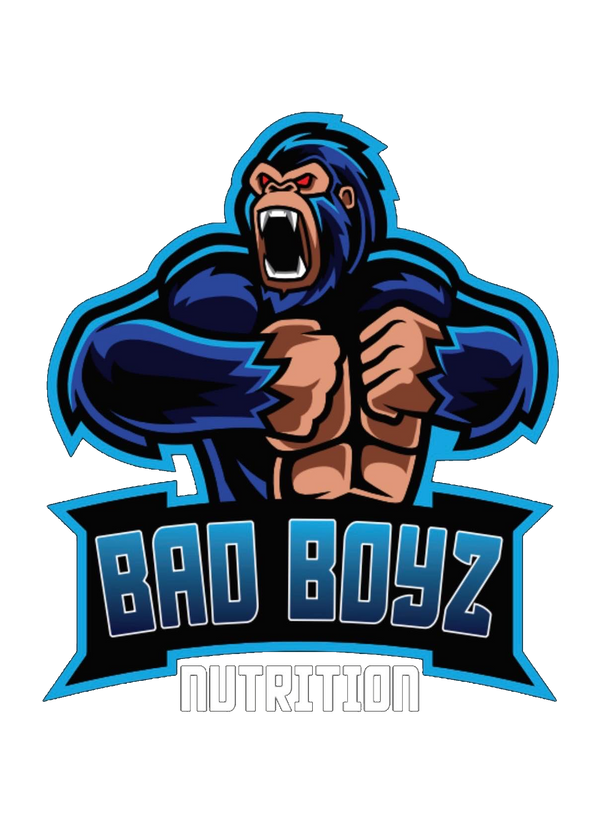
Do You Really Need BCAAs or EAAs? The Truth in 2025
If you’ve ever stood in a supplement store or scrolled fitness TikTok, you’ve probably seen someone sipping on a brightly colored drink mid-workout. Chances are, it’s either BCAAs or EAAs — but do you really need them?
In 2025, the supplement aisle is more packed than ever, and it’s easy to waste money on things you don’t need. This blog breaks down the real difference between BCAAs and EAAs, who they’re for, and when they’re worth adding to your stack.
What Are BCAAs and EAAs?
Let’s clear up the basics first.
-
BCAAs (Branched-Chain Amino Acids):
A smaller group of 3 essential amino acids — leucine, isoleucine, and valine — known for helping with muscle repair and reducing soreness. -
EAAs (Essential Amino Acids):
A full spectrum of all 9 essential amino acids, including the 3 BCAAs above. Your body can’t make these on its own, so you must get them from food or supplements.
What Do They Actually Do?
BCAAs:
- Reduce muscle soreness
- Help prevent muscle breakdown (especially when training fasted)
- May support recovery and endurance during workouts
EAAs:
- Do everything BCAAs do — and more
- Trigger muscle protein synthesis more effectively
- Aid in recovery and energy
- Offer a more complete solution for muscle repair
“Think of BCAAs as a starter pack. EAAs are the full toolbox.” — Coach Ryan J., strength & conditioning expert
Are They Worth It in 2025?
Here’s the deal: If you already eat enough high-quality protein, you may not need BCAAs or EAAs — but there are specific situations where they help:
✅ When they’re worth it:
- You’re training fasted (e.g., early morning workouts)
- You’re cutting and want to preserve muscle
- You’re not hitting your daily protein target
- You want low-calorie intra-workout recovery without a full shake
- You’re vegan or vegetarian, and your amino profile from food is limited
❌ When they’re probably not needed:
- You eat 0.8–1g of protein per pound of bodyweight consistently
- You already take whey or EAA-based protein right after training
- You don’t train hard enough to need extra support
BCAAs vs. EAAs — Which One Should You Take?
| Feature | BCAAs | EAAs |
|---|---|---|
| # of amino acids | 3 (Leucine, Isoleucine, Valine) | 9 essential amino acids |
| Muscle repair | ✅ Yes | ✅✅ Yes — even better |
| Muscle protein synthesis | ❌ Not effective on their own | ✅ Triggers full synthesis |
| Best for | Fasted or long workouts | Overall recovery and daily support |
| Cost | 💸 Slightly cheaper | 💸💸 More complete, slightly more $ |
Winner in 2025: EAAs.
You get more coverage, better recovery, and full muscle-building support.
How to Take BCAAs or EAAs
-
When to take them:
- During workouts (especially if long or intense)
- Between meals when you go hours without food
- First thing in the morning or before fasted cardio
-
How to use them:
- 1 scoop (around 5–10g EAAs or 5g BCAAs)
- Mix with 12–16oz of water
- Optional: add electrolytes or flavor drops
Do They Help With Fat Loss?
Not directly — they don’t burn fat.
But EAAs can preserve muscle during a calorie deficit, which keeps your metabolism higher and body looking leaner.
They’re also great for curbing appetite during fasts or between meals.
What to Look for in a Quality EAA Product
✅ Full spectrum of all 9 essential amino acids
✅ Transparent label (no proprietary blends)
✅ No sugar, low calories
✅ Includes electrolytes for hydration (optional bonus)
✅ Great taste (you’ll want to sip it daily)
Final Verdict: Do You Need BCAAs or EAAs?
BCAAs = useful in some cases
EAAs = a better, more complete choice
If you’re training consistently, watching your macros, or training fasted — EAAs are one of the smartest additions to your stack.
At BadBoyz Nutrition, we stock top-tier EAAs with clean formulas, delicious flavors, and no filler ingredients — so you can train harder, recover better, and make every workout count.
Need Help Choosing Between BCAAs and EAAs?
Hit us up in store or online — we’ll help you pick the best fit based on your routine, goals, and training style.
